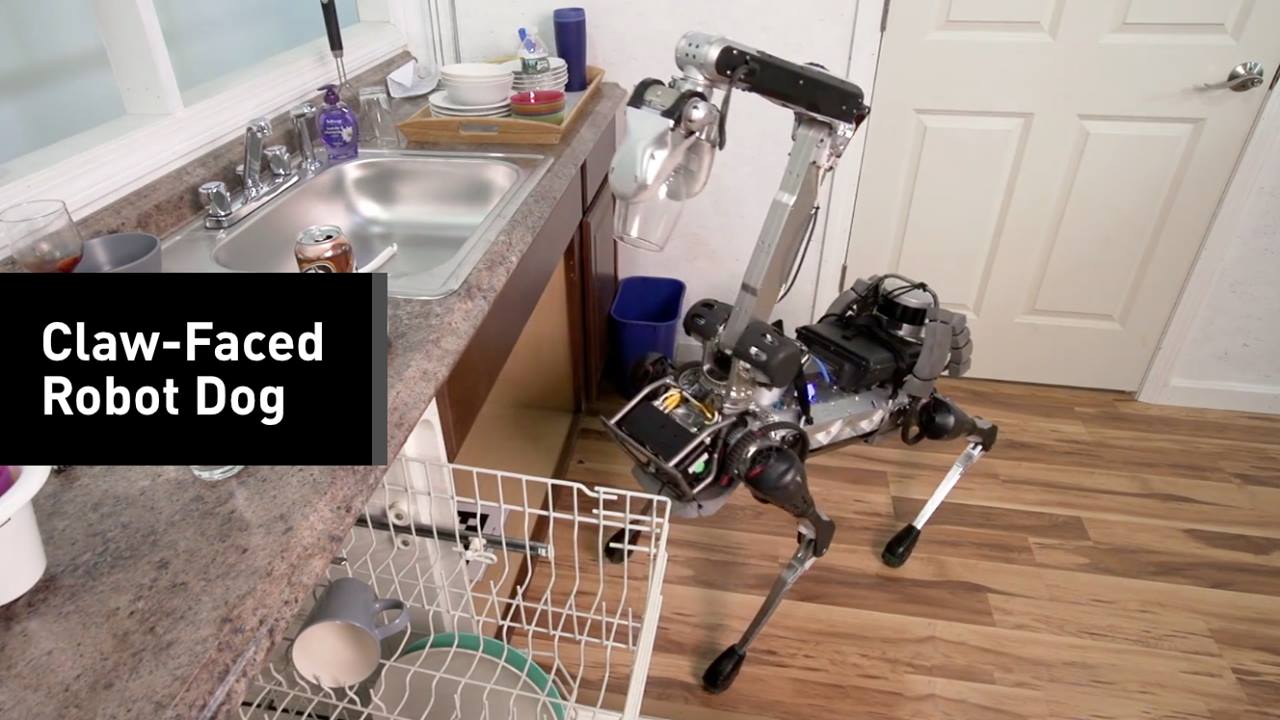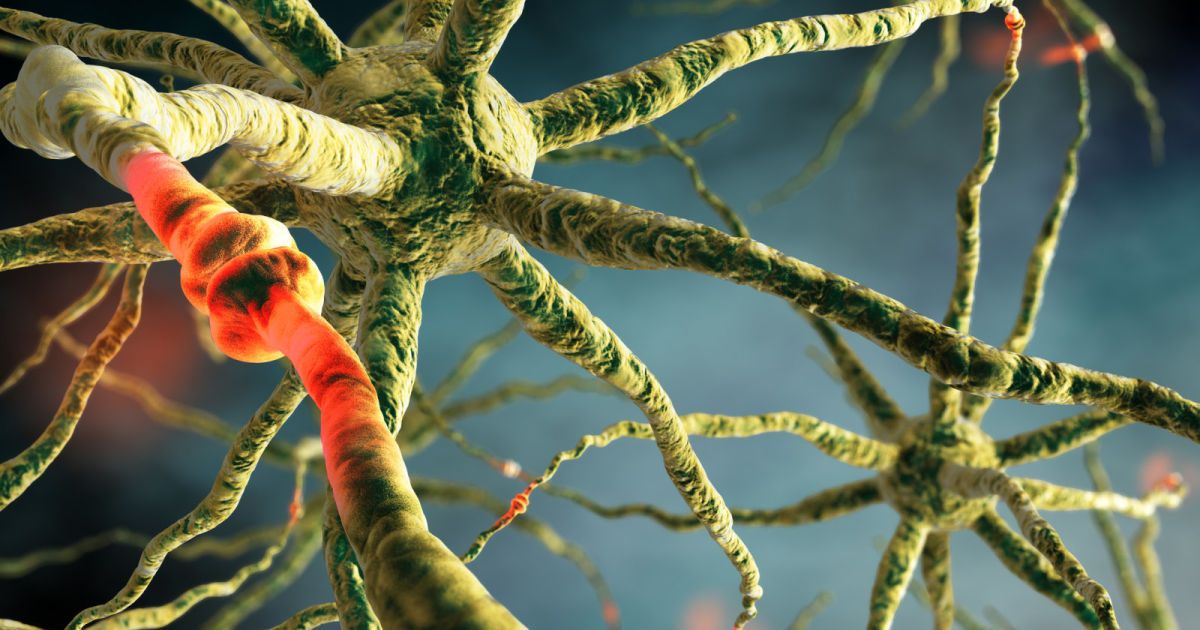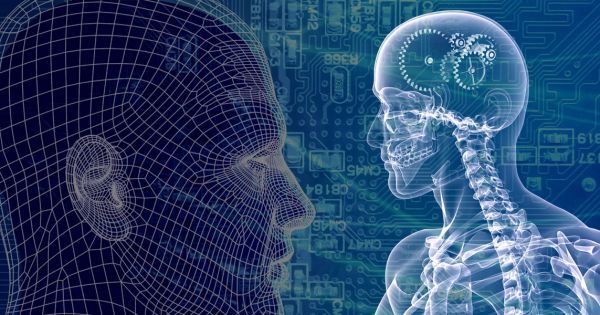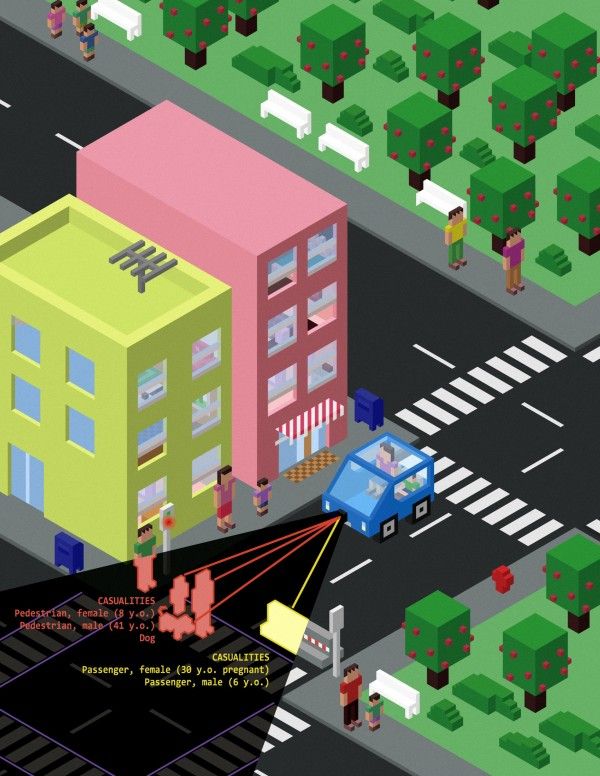Archive for the ‘robotics/AI’ category: Page 2258
Jun 25, 2016
Computers are better at diagnosing and treating patients than doctors
Posted by Shailesh Prasad in categories: biotech/medical, computing, health, robotics/AI
It would seem that no one’s immune from the effects imposed by our increasingly sophisticated artificial intelligence and robotics — not even doctors. As research from Indiana University has revealed, a new computer program is doing a better job than doctors when it comes to both diagnosing and treating health conditions — and by a significant margin.
The system, which uses decision making processes similar to the Jeopardy-bot, Watson, was recently given the task of analyzing and predicting the health outcomes of 500 real individuals. After plugging in the relevant data — which mostly had to do with clinical depression and chronic diseases like high blood pressure and diabetes — researchers Kris Hauser and Casey Bennett compared the outcomes to the simulated treatment prescriptions.
Jun 25, 2016
MIT researchers built an AI that can predict sound
Posted by Shailesh Prasad in category: robotics/AI

The deep-learning machine can match digital sounds to visuals in a way that fools people most of the time.
Jun 25, 2016
NASA Wants to Launch Interstellar Space Missions in 20 Years
Posted by Shailesh Prasad in categories: nanotechnology, quantum physics, robotics/AI, space, time travel
The craving to explore beyond our solar system grows sturdier every day. This proves true for the understanding of wormholes and time travel as well. In order to satisfy our thirst for the unknown, NASA will research unknown physics revolutionizing exploration of space. We first have to advance our understanding of space-time, the quantum vacuum, gravity and other physical phenomena. This info will help NASA send robots on interstellar space missions. Precisely 15 areas will be studied comprising human exploration, landing systems, nanotechnology and robots.
Jun 25, 2016
Fully-autonomous drone launcher never needs a pilot
Posted by Shailesh Prasad in categories: drones, energy, food, robotics/AI, surveillance
Having UAVs conduct routine aerial surveillance is already having a transformative effect on farming and and energy production but they can only operate when there’s a human at the controls. That’s about to change thanks to an autonomous drone system that not only flies but also maintains itself. Tel Aviv-based UAV Airobotics has debuted a completely automated patrol drone system of the same name that is capable of operating with virtually no human intervention.
The system is composed of three parts: the drone itself, the “Airbase” robotic base station and the command software. It uses an “Optimus” UAV that can carry a 1-kilogram payload for up to 30 minutes. When the UAV finishes its patrol, it will land atop the base station whereupon a robotic arm will automatically swap out its battery and payload. All of this is controlled by the integrated software which enables users to pre-program flight paths as well as view real-time video and data feeds. The Airobotic system will likely find use in the mining and oil and gas industries as an aerial mapping platform, though it could easily be applied to any repetitive delivery or flyover task.
Continue reading “Fully-autonomous drone launcher never needs a pilot” »
Jun 25, 2016
Brain-like computers may now be realistic
Posted by Shailesh Prasad in categories: 3D printing, biotech/medical, computing, nanotechnology, robotics/AI, transportation
Power consumption is one of the biggest reasons why you haven’t seen a brain-like computer beyond the lab: the artificial synapses you’d need tend to draw much more power than the real thing. Thankfully, realistic energy use is no longer an unattainable dream. Researchers have built nanowire synapses that consume just 1.23 femtojoules of power — for reference, a real neuron uses 10 femtojoules. They achieve that extremely low demand by using a wrap of two organic materials to release and trap ions, much like real nerve fibers.
There’s a lot of work to be done before this is practical. The scientists want to shrink their nanowires down from 200 nanometers thick to a few dozen, and they’d need new 3D printing techniques to create structures that more closely imitate real brains. Nonetheless, the concept of computers with brain-level complexity is that much more realistic — the team tells Scientific American that it could see applications in everything from smarter robots and self-driving cars through to advanced medical diagnosis.
Jun 24, 2016
Replacing Humans With AI? IBM’s Watson Edits An Entire Magazine On Its Own
Posted by Shailesh Prasad in categories: computing, robotics/AI
IBM and marketing company The Drum just announced that the AI Watson was able to edit an entire magazine on its own. This showcases the computing potential that AI has in an increasing number of fields.
IBM and a marketing company called The Drum just announced that the AI system known as Watson was able to edit an entire magazine on its own. Yep, an AI magazine editor.
According to a statement released via The Drum, the magazine edited by Watson contains different features that shows Watson’s capabilities. It has different analytical functions, as well as skills necessary to assist modern-day marketers. Also, Watson has been programmed to have the capacity to answer a series of questions about David Olgivy, the “advertising legend,” and was able to give some predictions for the winners of this year’s Cannes Lions awards.
Jun 24, 2016
Dilemma over driverless cars as researchers put ‘sacrifice’ in spotlight
Posted by Karen Hurst in categories: robotics/AI, transportation
I am glad folks are listening. To get buy in for driverless autos will require proof and campaign showing the safety features of a driverless car over non-driverless. Along with this, auto makers will/ MUST prove that these cars cannot be breeched and controlled by hackers. Until we have safety proven and presented to the public like Volvo did in the late 80s; self driving cars will not be adopted broadly; it will be limited to metro cities in the US.
Jun 23, 2016
Wild Transhumanist Campaign Tech We’ll See in Future Presidential Elections
Posted by Zoltan Istvan in categories: augmented reality, drones, geopolitics, law, robotics/AI, transhumanism, virtual reality
My new story for Vice Motherboard on the future of political campaining:
Lest we think future elections are all about the candidates, perhaps the largest possibility on the horizon could come from digital direct democracy—the concept where citizens participate in real time input in the government. I gently advocate for a fourth branch of government, in which the people can vote on issues that matter to them and their decrees could have real legal consequence on Congress, the Supreme Court, and the Presidency.
Of course, that’s only if government even exists anymore. It’s possible the coming age of artificial intelligence and robots may replace the need for politicians. At least human ones. Some experts think superintelligent AI might be here in 10 to 15 years, so why not have a robot president that is totally altruistic and not susceptible to lobbyists and personal desires? This machine leader would simply always calculate the greatest good for the greatest amount of people, and go with that. No more Republicans, Democrats, Libertarians, Greens, or whatever else we are.
Continue reading “Wild Transhumanist Campaign Tech We’ll See in Future Presidential Elections” »

I need these for my home.
The latest robot from Boston Dynamics can do all your chores for you—with its face.
Meet SpotMini.
















